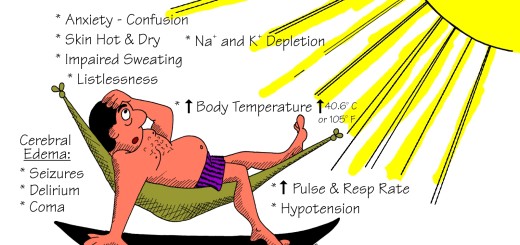How to Recognize Cardiac Arrest
A cardiac arrest occurs when the heart suddenly stops beating blood around the body. This is not the same as a heart attack, we’ve discussed the difference in a previous first aid blog post.
The treatment of cardiac arrest involves the use of CPR and defibrillation before the arrival of advanced medical help. Time is critical when it comes to CPR & defibrillation, the earlier these treatments are performed the better the survival chances for the patient.
Recognizing a victim in cardiac arrest can be surprisingly difficult in the initial moments following cardiac arrest. This could lead to delays in calling for emergency medical help or starting CPR, especially if bystanders are not confident in commencing treatment.
So why can recognizing cardiac arrest be difficult?
There are two main reasons:
1: The patient may still be breathing (abnormally)
Agonal breathing may occur in the minutes following a cardiac arrest. Agonal breathing refers to occasional ‘gasps’ that the body performs as a reflex to low oxygen levels. These breaths are ineffective, however, can be off-putting to rescuers who are not trained to recognize this situation.
CPR guidelines now refer to checking for normal breathing for no longer than 10 seconds. If a patient is not breathing normally, then CPR should be commenced.
The following clip is an example of agonal breathing from the famous ‘Bondi Beach’ CPR video
2: The patient may be moving
In the moments following a cardiac arrest, the brain and body are suddenly starved of oxygen. As the heart is no longer beating effectively, oxygenated blood is no longer flowing around the body.
This can cause muscle spasms and the patient to make movements. There may also be seizure-like activity immediately following the cardiac arrest. This situation can be very off-putting for first aiders as CPR is taught using lifeless plastic manikins!
There’s a good example of these movements in the following video from the BBC, pay particular attention to the arms around 2:34





